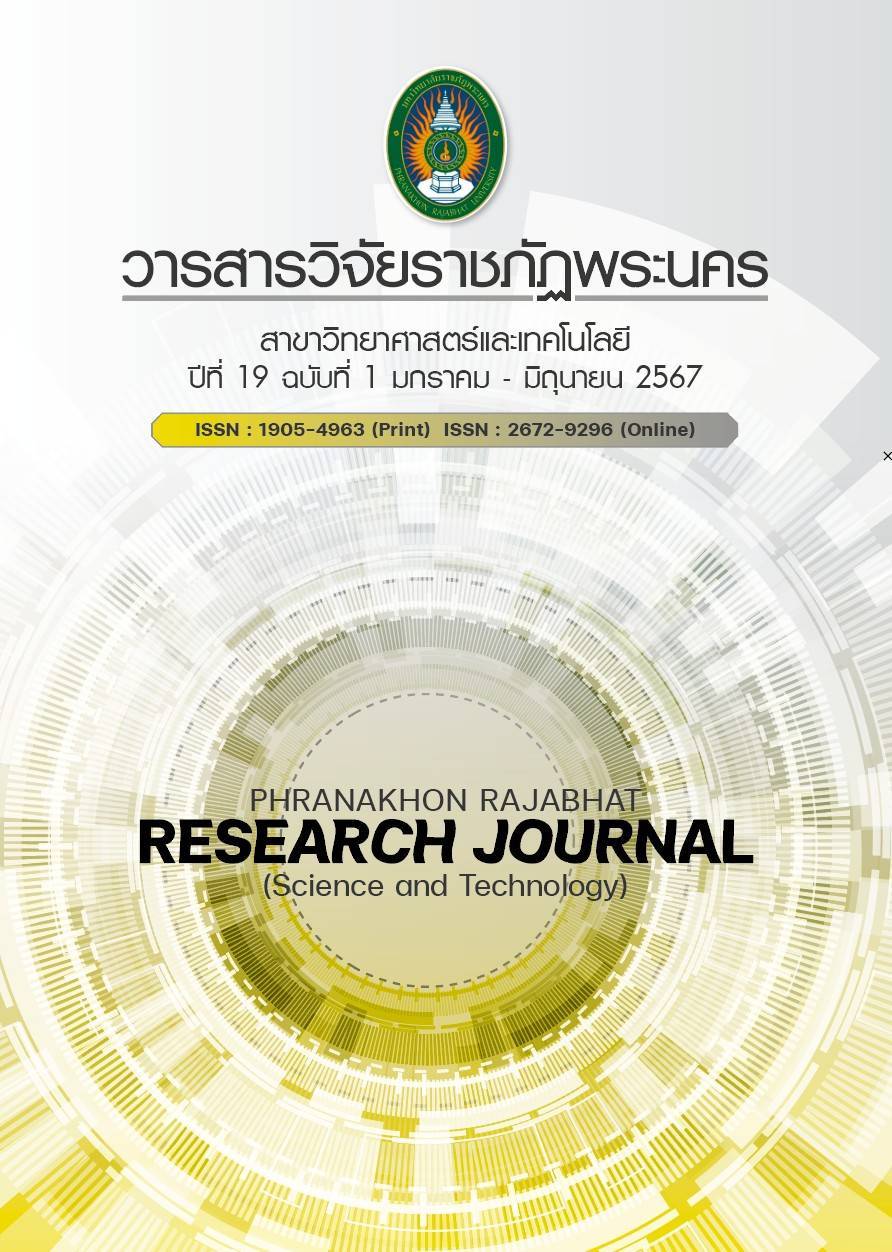ENHANCING THE EFFICIENCY OF SPIRAL CONVEYOR BELT CLEANING USING ULTRASONIC TECHNOLOGY
Keywords:
Cleaning, Spiral Conveyor Belt, Wire Mesh Belt, UltrasoundAbstract
In the food industry, particularly in processing fresh-cut and frozen chicken products, the
European Union (EU) is a major export market with stringent hygiene and food safety standards.
Maintaining the cleanliness and hygiene of production equipment is crucial. Spiral conveyor belts, commonly used in chicken processing, often accumulate grease, oil, starch, and chicken residues,
which can harbor microorganisms. Nowadays, high-pressure water jetting combined with cleaning
agents is widely used but has several limitations. This study introduces ultrasonic cleaning technology
to examine the effects of the cleaning medium type, medium temperature, and cleaning duration
on cleaning efficacy. Experimental results show that using ultrasonic technology at a frequency of 40 kHz,
power of 200 watts, and RO water at 55 °C can fully clean a 15.75 meter conveyor belt in 4.5
minutes. When applied to a 350 meter conveyor belt, cleaning time is reduced from 100 minutes
to 50 minutes, increasing production capacity by approximately 63 tons per month and saving water
costs. This demonstrates that ultrasonic cleaning technology is highly efficient and can be practically
implemented in industrial settings.
References
Brandt, J. (2007). Ozone-based conveyor cleaning system. US Patent No. US20070261712.
Crawford, A.H. (1968). Large scale ultrasonic cleaning. Ultrasonics, 6(4), 211–216.
European Food Safety Authority. (2020). EFSA strategy 2020: Trusted science for safe food. Parma, Italy: European Food Safety Authority.
Food and Agriculture Organization of the United Nations. (2013). Poultry development review. Rome, Italy: FAO.
GFPT Public Company Limited. (2022). Annual report 2022. Bangkok, Thailand: GFPT. (In Thai)
Gibson, H., Taylor, J.H., Hall, K.E., & Holah, J.T. (1999). Effectiveness of cleaning techniques used in the food industry in terms of the removal of bacterial biofilms. Applied Microbiology, 87(1), 41–48.
Graves, R.E. (2007). Cleaning and sanitizing food contact surfaces. Retrieved from https://www. fightbac.org/wp-content/uploads/2022/02/Cleaning_and_Sanitizing_Food-Contact_Surfaces.pdf [2024, 5 May].
Halliday, D., Resnick, R., & Walker, J. (2022). Fundamentals of physics. New Jersey, USA: John Wiley & Sons.
Holm, R.H., & Anand, G. (1994). Liquid cleaning agents and methods. Journal of the American Oil Chemists’ Society, 71(6), 601-609.
Holmberg, K., Shah, D.O., & Schwuger, M.J. (2002). Handbook of applied surface and colloid chemistry: Volume 1-2. New York, USA: John Wiley & Sons.
Intawongsa, E. (2015). Effects of ultrasonic wave frequency and time on handsaw blade cleaning efficiency. Industry Technology Lampang Rajabhat University, 8(2), 122-132. (In Thai)
Marriott, N.G., & Gravani, R.B. (2006). Principles of food sanitation. New York, USA: Springer.
Official Journal of the European Union. (2021). Commission regulation (EU) 2021/382. Retrieved from https://eur-lex.europa.eu/legal-content/EN/TXT/PDF/?uri= CELEX:32021R0382 [2024, 5 May]
Office of Agricultural Affairs, Royal Thai Embassy, Brussels. (2021). Regulations and conditions for exporting meat and animal products to the European Union market. European Union Agriculture Newsletter, 30(1), 1-3. (In Thai)
Pornchalermpong, P., & Ratanapong, N. (2010). Saponification. Retrieved from https://www. foodnetworksolution.com/wiki/word/1631/ [2022, 22 Nov.] (In Thai)
ShineBen. (2023). The impact and importance of conveyor belts in the packaging industry. Retrieved from https://shineben.com/packaging-news/the-impact-and-importance-of-conveyor-belts-in-the-packaging-industry [2024, 5 May].
Sumner, S.S., & Peters, D.L. (1992). Principles and practices for food sanitation programs. Nebraska, USA: University of Nebraska.
Tolvanen, R., Lunden, J., Horman, A., & Korkeala, H. (2009). Pilot-scale continuous ultrasonic cleaning equipment reduces Listeria monocytogenes levels on conveyor belts. Food Protection, 72(2), 408–411.
Troller, J.A. (2012). Sanitation in food processing. New York, USA: Academic Press.
Westerlund, J. (1994). High pressure equipment for food processing, High Pressure Research. 12(3), 221-226.
Wright, M.J. (2003). Design of a conveyor belt washer. (Master of Engineering). University of Canterbury, Christchurch, New Zealand.
Zhou, W., Sarpong, F., & Zhou, C. (2022). Use of ultrasonic cleaning technology in the whole process of fruit and vegetable processing. Foods, 11(18), 1–21.
Downloads
Published
Issue
Section
License

This work is licensed under a Creative Commons Attribution-NonCommercial-NoDerivatives 4.0 International License.
โปรดกรอกเอกสารและลงนาม "หนังสือรับรองให้ตีพิมพ์บทความในวารสารวิจัยมหาวิทยาลัยราชภัฏพระนคร สาขาวิทยาศาสตร์และเทคโนโลยี" ก่อนการตีพิมพ์




